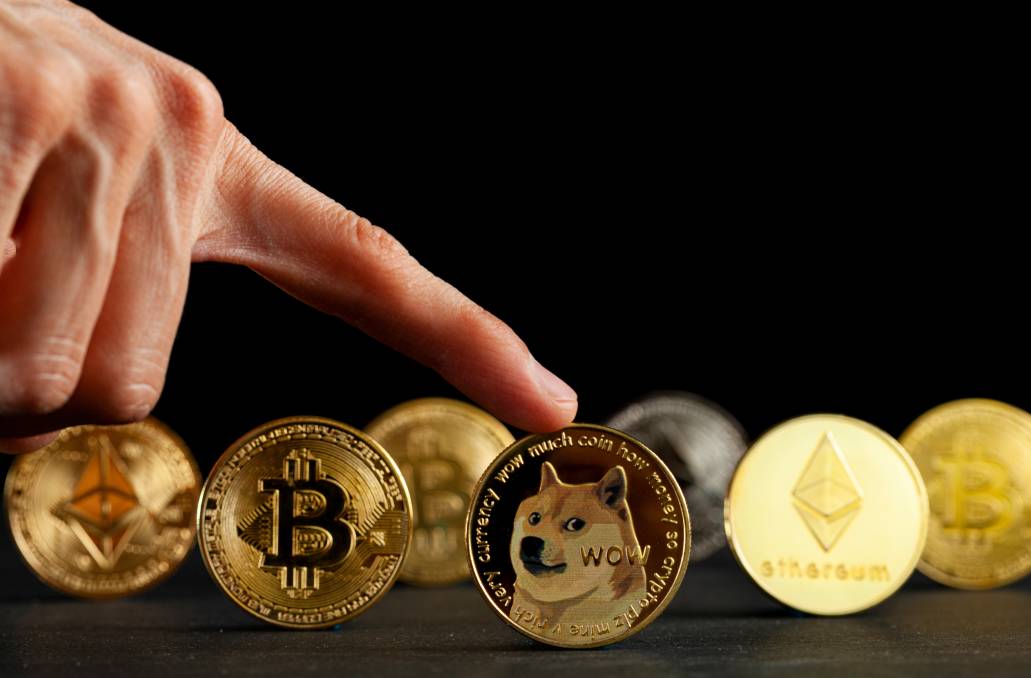Dogecoin is a popular cryptocurrency that has been gaining attention among investors in recent years. Created in 2013 as a joke, Dogecoin has become one of the top 10 cryptocurrencies in terms of market capitalization, with a growing community of enthusiasts and supporters. If you are considering investing in Dogecoin, here are some tips to help you maximize your returns.
Understanding the Dogecoin Market
Before investing in Dogecoin, it is important to understand the market dynamics and factors that can impact the price of the cryptocurrency. Like other cryptocurrencies, Dogecoin is decentralized and operates on a peer-to-peer network, which means that its value is largely determined by supply and demand. Sign up to the official site of Granimator to learn more.
One of the key factors that can influence the price of Dogecoin is media coverage and public perception. Positive news stories, endorsements from high-profile individuals, and growing social media buzz can all contribute to a surge in demand and price appreciation. On the other hand, negative news, regulatory actions, and market volatility can lead to price declines.
Another important consideration when investing in Dogecoin is its relative liquidity and trading volume. Liquidity refers to the ease with which you can buy and sell Dogecoin on exchanges, while trading volume indicates the amount of activity in the market. Higher liquidity and trading volume can help you execute trades more quickly and at better prices.
Click here – Investment Strategies for Ethereum – A Guide to Dollar-Cost Averaging and Swing Trading
Investment Strategies
Now that you have a better understanding of the Dogecoin market, let’s explore some investment strategies that can help you maximize your returns.
Long-Term Holding
One of the simplest strategies for investing in Dogecoin is to buy and hold for the long term. This strategy is based on the assumption that the price of Dogecoin will appreciate over time, driven by growing adoption and demand. By holding onto your investment for a prolonged period, you can potentially benefit from compounding returns and avoid the volatility and transaction costs associated with frequent trading.
However, it is important to note that long-term holding is not without risks. The cryptocurrency market is highly volatile, and there is no guarantee that the price of Dogecoin will continue to rise. Moreover, unexpected events such as regulatory actions or security breaches can lead to sudden price declines.
Dollar-Cost Averaging
Dollar-cost averaging is another popular investment strategy that can help you mitigate the risks of market volatility. This strategy involves investing a fixed amount of money at regular intervals, regardless of the current price of Dogecoin. By buying at different price points over time, you can potentially benefit from the overall trend of price appreciation while reducing the impact of short-term fluctuations.
For example, if you decide to invest $100 in Dogecoin every month, you will buy more when the price is low and less when the price is high. This can help you build a diversified portfolio and avoid the temptation to make impulsive trades based on short-term market movements.
Trading
For more active investors, trading Dogecoin can be a viable strategy to generate higher returns. Trading involves buying and selling Dogecoin on exchanges in response to market trends and price movements. This strategy requires a good understanding of technical analysis, as well as a disciplined approach to risk management.
There are several trading strategies that you can use to maximize your returns, such as trend-following, momentum trading, and swing trading. Each strategy has its advantages and risks, and it is important to choose one that aligns with your investment goals and risk tolerance.
Staking
Staking is a relatively new investment strategy that allows you to earn rewards by holding Dogecoin in a staking wallet. Staking involves locking up your Dogecoin holdings as collateral to support the security and integrity of the network, and in return, you receive staking rewards, which are a form of passive income. Staking rewards are usually paid out in the form of additional Dogecoin, and the rate of rewards can vary depending on several factors, such as the amount of Dogecoin staked, the duration of staking, and the network’s current inflation rate.
Staking can be a low-risk and easy way to earn additional returns on your Dogecoin investment, as long as you choose a reliable staking provider and follow best practices for securing your staking wallet. Staking can also help you support the Dogecoin network and participate in the governance and decision-making processes.
Click here – After the merger, will Ethereum increase?
Conclusion
Investing in Dogecoin can be a rewarding and exciting experience, but it is important to approach it with a clear investment strategy and realistic expectations. By understanding the market dynamics and factors that can influence the price of Dogecoin, you can make informed investment decisions and maximize your returns.
Whether you choose to buy and hold for the long term, use dollar-cost averaging to mitigate volatility, trade Dogecoin actively, or stake your holdings to earn rewards, it is essential to do your research and stay up-to-date with the latest developments in the Dogecoin ecosystem. With the right investment strategy and a disciplined approach to risk management, you can potentially benefit from the growth and success of this unique cryptocurrency.

